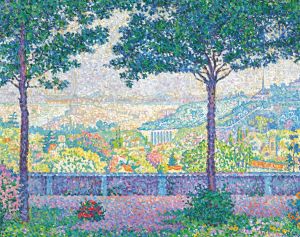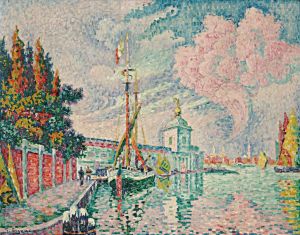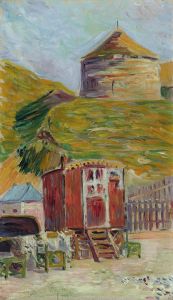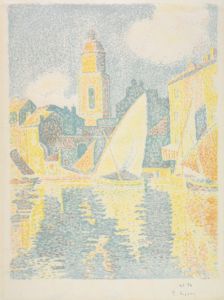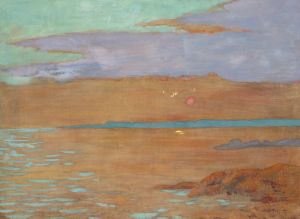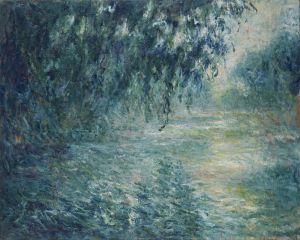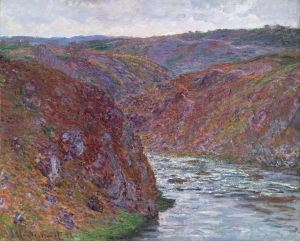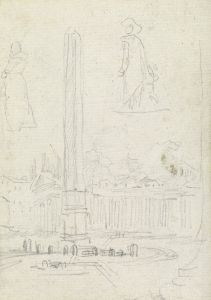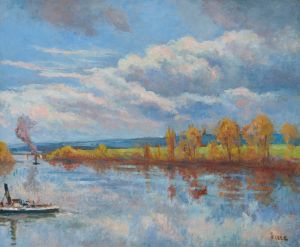
Le pont des Arts
A hand-painted replica of Paul Signac’s masterpiece Le pont des Arts, meticulously crafted by professional artists to capture the true essence of the original. Each piece is created with museum-quality canvas and rare mineral pigments, carefully painted by experienced artists with delicate brushstrokes and rich, layered colors to perfectly recreate the texture of the original artwork. Unlike machine-printed reproductions, this hand-painted version brings the painting to life, infused with the artist’s emotions and skill in every stroke. Whether for personal collection or home decoration, it instantly elevates the artistic atmosphere of any space.
Le pont des Arts is a painting by the French artist Paul Signac, a prominent figure in the Neo-Impressionist movement. Signac, born in 1863, was a contemporary of Georges Seurat and is best known for his development and advocacy of the Pointillist technique, which involves the application of small, distinct dots of color to form an image. This technique was part of a broader movement known as Divisionism, which sought to achieve greater luminosity and vibrancy in paintings by separating colors into individual dots or patches that interact optically.
The painting "Le pont des Arts" depicts the Pont des Arts, a pedestrian bridge in Paris that spans the River Seine, connecting the Institut de France and the central square of the Palais du Louvre. This bridge, originally constructed between 1802 and 1804, has been a subject of interest for many artists due to its elegant design and the picturesque views it offers of the Parisian landscape.
Signac's depiction of the Pont des Arts is characterized by his signature use of vibrant colors and meticulous application of the Pointillist technique. The painting captures the bustling life of Paris, with the bridge serving as a focal point amidst the dynamic interplay of light and color on the water and sky. Signac's work often reflects his fascination with the effects of light and atmosphere, and "Le pont des Arts" is no exception, showcasing his ability to convey the shimmering quality of sunlight on the Seine.
Paul Signac was deeply influenced by the scientific theories of color and perception that were prevalent during his time. He believed that by using pure colors and understanding the optical effects of juxtaposed hues, artists could create more luminous and harmonious compositions. This scientific approach to art was inspired by the work of chemist Michel Eugène Chevreul and the writings of Charles Blanc, among others.
Throughout his career, Signac traveled extensively, painting various ports and coastal scenes, which further informed his understanding of light and color. His travels also led him to explore different aspects of urban life, as seen in "Le pont des Arts," where he captures the essence of Parisian culture and architecture.
Signac's contributions to the Neo-Impressionist movement were significant, as he not only practiced the Pointillist technique but also wrote extensively about it. His book "D'Eugène Delacroix au Néo-Impressionnisme," published in 1899, articulated the principles of Neo-Impressionism and influenced a generation of artists.
"Le pont des Arts" is a testament to Signac's mastery of color and form, as well as his dedication to capturing the vibrancy of modern life through innovative artistic techniques. The painting remains an important example of Neo-Impressionism and continues to be appreciated for its technical precision and aesthetic beauty. Signac's work, including "Le pont des Arts," is held in high regard and can be found in various museums and private collections around the world, contributing to the enduring legacy of the Neo-Impressionist movement.






